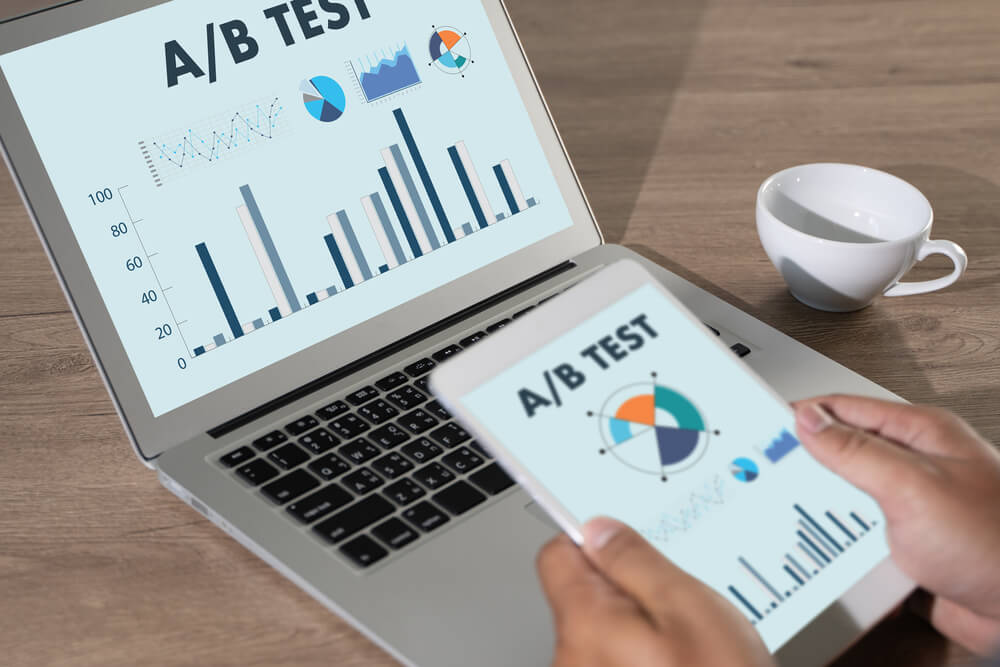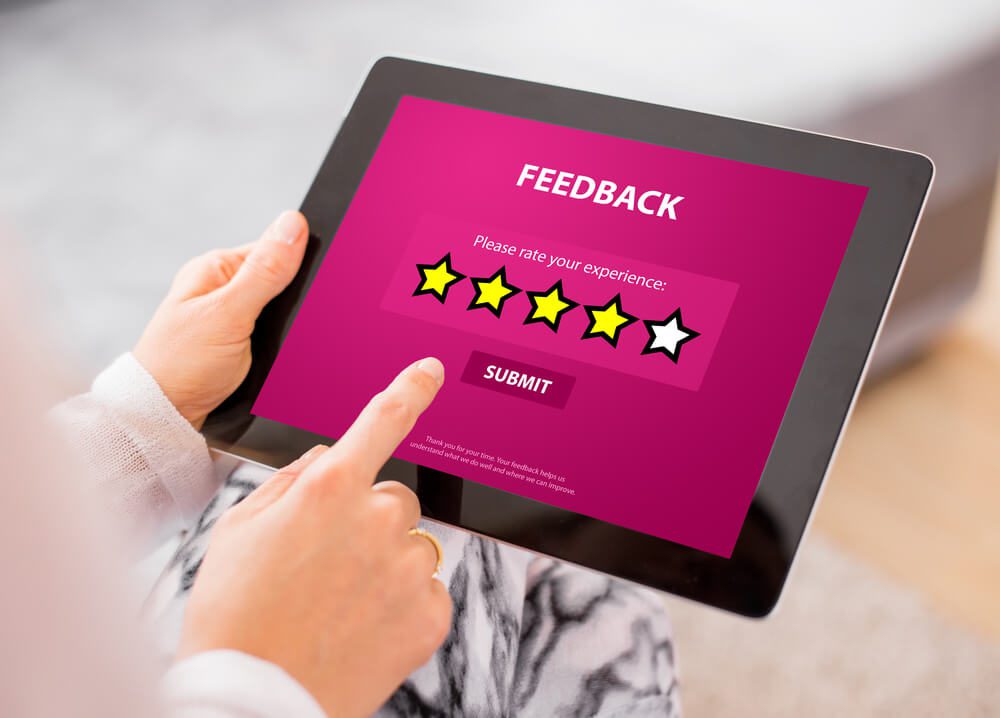
Why Testing UX Design Matters and How To Choose Best Methods
A website with easy navigation, helpful information, and a visually appealing interface offers a great user experience (UX). Awesome UX designs take time, effort, and expertise to perfect. An expert UX agency reveals the importance of testing in creating UX.
In this article, we highlight the following:
- Benefits of testing UX design.
- Strategies to choose the best testing methods.
Using the best method, designers can ensure that the website is intuitive, efficient, and enjoyable, increasing user satisfaction and promoting better business outcomes. Let’s go!
To learn how Digital Authority Partners can create a standout website for you, watch this video!
Why Testing UX Design Matters
Web designers prioritize testing to identify any usability issues and areas for improvement. Testing is tedious, but it saves designers from using solutions and designs that would eventually fail. Here are more reasons to invest in usability testing:
- Create a user-centered design. Focus on users and their needs to understand how real users interact with the website and whether it meets their expectations and goals.
- Identify pain points. Reveal issues that might not have been apparent during the design stage. Identifying and addressing these issues early on creates a better overall user experience.
- Optimizes user flows. This includes identifying areas where users might get stuck. Removing these bottlenecks leads to a more efficient user journey.
- Validates design decisions. Validate web design decisions and ensure that solutions effectively solve user issues and appeal to the target audience.
- Enhances user satisfaction and retention. A well-tested and user-friendly UX design increases customer satisfaction, retention, and the chances of creating loyal customers.
Choosing the Best Methods for Testing UX Design

Various testing methods exist to help designers create excellent UX designs. Understand how each technique works and how it helps check the UX friendliness of your website design.
Conduct Usability Testing
Usability testing evaluates the UX design of the website by observing real users as they interact with it. Use this type of UX testing to identify issues and gather valuable feedback. Successfully conduct usability testing with a UX agency with these strategies:
- Define clear testing objectives and scenarios you want users to perform during the test.
- Identify and recruit participants who represent the target audience. Aim for a diverse group that matches the demographics and characteristics of the user base.
- Run individual testing sessions with each participant. Provide clear instructions and ask them to navigate through the tasks.
- Analyze the collected data and identify patterns, common issues, and feedback across the participants.
- Use the insights gained from usability testing to make iterative improvements to the UX design.
- Consider conducting remote usability testing using screen-sharing and video conferencing tools.
Compare Different Designs With A/B Testing

A/B testing compares two or more variations of a design element to find out which one performs better. Use this method to test different layouts, call to action (CTA) buttons, colors, and other design elements. These techniques that a UX agency would typically use make A/B testing more efficient:
- Define clear objectives for your A/B test. For example, you might want to test different button colors, layouts, or CTA texts.
- Develop multiple variations of the UX design, each with a single difference from the original (control) version.
- Use tools such as Google Optimize, Optimizely, or VWO to set up and manage A/B tests.
- Split users into each variation to make sure that external factors or user biases do not influence test results.
- Launch the A/B test and collect data on user interactions with each variation.
- Analyze the results to determine which variation performed better in achieving your objectives.
Conduct Prototype Testing
Test prototypes of the website product before moving into the development phase. Designers use various tools such as Sketch, Figma, or InVision. Use prototype testing to uncover potential issues and UX design challenges and to improve the website's design early in the process. Remember these tips from any UX agency for seamless prototype testing:
- Create a high-fidelity prototype resembling the final website design’s look and feel.
- Define the testing objectives and scenarios you want participants to perform such as user tasks and interactions.
- Run individual testing sessions with each participant. Observe how users interact with the website design prototype.
- Gather feedback and insights and analyze the data to identify common usability issues and pain points.
- Consider remote prototype testing to reach a broader audience and gather user feedback in different locations.
Gather Feedback and User Surveys

Another UX testing method is gathering user feedback, which is essential to understanding how real users perceive and interact with the website. User feedback is a great way to garner valuable insights into usability issues, customer pain points, and areas for improvement. Remember these best practices when collecting and using feedback.
- Look for common themes and patterns in the user feedback. These indicate areas that need critical attention in UX design.
- Prioritize addressing critical issues that can significantly impact user satisfaction and retention.
- Identify positive feedback and experiences shared by users.
- Embrace an iterative process by continuously collecting user feedback and improving based on these insights.
- Involve users in the feedback process by conducting interviews, surveys, or usability testing sessions.
Perform Eye Tracking and Heatmaps
Eye tracking technology records the user's eye movements, while heatmaps show the design sections that attract the most attention. These advanced testing technologies are perfect for effectively understanding your users. Here are techniques a UX agency would apply to eye tracking and heatmap testing:
- Choose a reliable eye tracking and heatmap tool, such as wearable eye tracking glasses or remote eye tracking software using webcams.
- Define specific objectives of eye tracking and heatmap testing. For example, study how users navigate the website's homepage or which elements draw their attention to a product or service page.
- Make certain that participants are comfortable with the eye tracking equipment. Set up a controlled testing environment with appropriate lighting conditions and minimize distractions.
- Instruct participants on the testing procedure. Take time to calibrate the eye tracking equipment and capture eye movement data as participants explore the design.
- Analyze eye movement data and generate heatmaps to understand where they focused their attention, the order of viewing different elements, and areas that they skipped.
- Combine with usability testing to gain insights into visual attention patterns and usability issues.
Expert Reviews and Heuristic Evaluation

Conducting expert reviews and heuristic evaluations check compliance with established usability principles. It involves assembling a team of UX experts, including designers, usability specialists, and researchers, to evaluate the design. Consider these strategies when using these testing methods:
- Establish a set of heuristics or usability guidelines such as Nielsen's 10 Usability Heuristics and Shneiderman's Eight Golden Rules. Customize these to fit your specific website's UX requirements.
- Conduct individual expert reviews with your team by examining design elements, user flows, and interactions against defined heuristics.
- Document findings and recommendations based on the heuristic evaluation.
- Gather all the individual evaluations from the team and aggregate the findings based on their severity and impact on the user experience.
- Combine these with user testing for a more comprehensive evaluation of the usability of the website design.
Summing Up
The best method for testing UX design depends on various factors such as budget, timeline, and the specific goals of testing. Choose the most appropriate methods that align with the website requirements and resources. Also, consider testing at various stages of the design process to ensure a user-centric approach to testing.
Want To Meet Our Expert Team?
Book a meeting directly here




